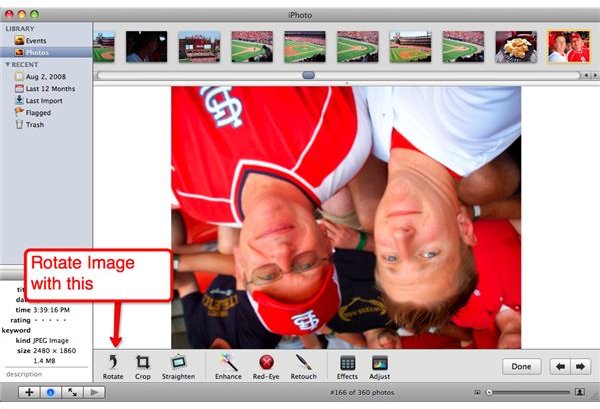

Tap the 3 three horizontal dots from the bottom right and select Paste Edits.Īnd that is how you can edit multiple pictures in one shot. Now, go back, hit Select, and select the pictures where you want to apply the same edits. Select the photo again and tap the 3 horizontal dots from the top right. Note: You must be on iOS 16, iPadOS 16, or macOS Ventura to access the batch edit feature. It not only saves time but also organizes your pictures in a good manner. This can be really useful when you want to edit (and resize) images in bulk and retain uniformity. The batch editing feature lets you select multiple photos and apply edits to all of them simultaneously. At WWDC 2022, Apple introduced a batch edit feature in the Photos app. You can go through all the photos in this album paste in the. Click on the Extensions button (looks like a circle with. Edit the first photo, copy its adjustments, then press the right arrow key to move to the next photo you will still be in Edit mode and paste the adjustments. From within the Photos App, click on the image you want to edit. Click the File menu while you’re viewing your photo (doesn’t matter if it’s in View or Edit mode) and select Export. Masking allows you to apply the edit to selected parts of the image. Perhaps you want to edit your photos and save it as a new one. 
The Brush icon opens up the masking options.

This opens up the editing tool where you can change the settings you originally applied. Use the Trash icon to delete that edit from your photo. It seems that Apple is trying to fix this. Create a new photo album (File > New Album), and add all the photos you want to batch process to that album. Tap any edit in the stack to reveal three options. Although, it offers limited functionality (as of now). Your old Events are imported as albums, and placed in the iPhoto Events folder ④.Many of us use the built-in Photos app to quickly edit pictures on our Apple devices. Instead, files in your Photos library are always displayed chronologically.
Events: iPhoto’s concept of Events is gone in Photos. Geotags: All location data transfers to Photos. If the sidebar is visible, you’ll see a Faces entry in the Albums list. Faces: If you used iPhoto’s Faces feature, you’ll find it at the top level of the Albums pane, next to All Photos. Projects: Projects, including books, slideshows, and calendars, appear in the Projects pane (or section, if the sidebar is visible). You can access them via the Albums pane or, if the sidebar is visible, under the Albums section. Albums: All your iPhoto albums and smart albums should migrate seamlessly to Photos. Here’s a guide to what gets imported, and what has changed during the transition. Making the MoveĪpple has endeavored to transfer your data from iPhoto to Photos, even though several features (Events, star ratings) no longer exist. #Edit photos in iphoto upgrade#
Now there are two different files, both taking up disk space, living independently.įor Mac users accustomed to the a-file-is-a-file approach of the Finder, this one’s a bit of a head-scratcher, but it’s a smart move by Apple to allow us to migrate to Photos without duplicating an entire library and eating all of our free disk space-or worse, never bothering to upgrade to Photos because we don’t have the room.

Basically, the act of modifying a hard-linked file (in either library) will cause the link to break. So what happens if you edit one of those files? Something clever, it turns out: if I use Photos to edit a file imported from iPhoto, the version in the Photos library is altered-but the version in the old iPhoto library remains untouched. ③ The libraries say they’re roughly the same size, but in fact, they’re sharing disk space via hard links.








 0 kommentar(er)
0 kommentar(er)
